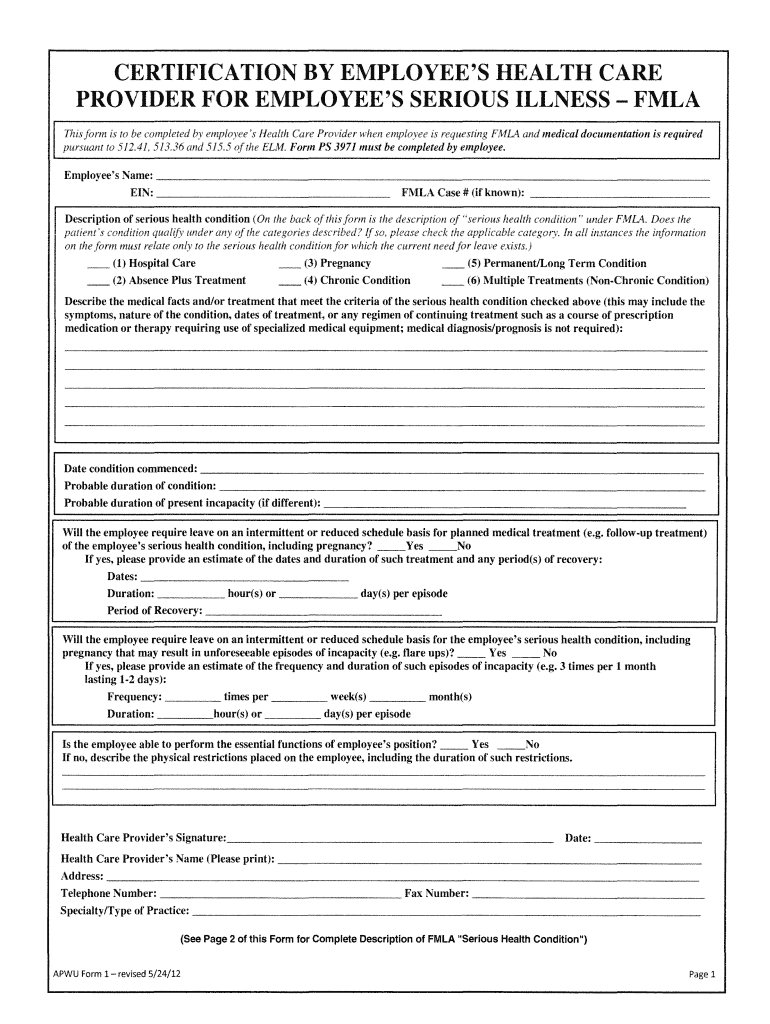Federal Poverty Assistance: Essential Paperwork Guide

Understanding and navigating the federal poverty assistance programs can significantly impact the quality of life for many individuals and families in need. The U.S. government offers various forms of financial aid aimed at alleviating the burden of poverty, but accessing these resources often requires comprehensive knowledge of the essential paperwork involved. This guide provides an in-depth look at the crucial documents needed when applying for federal poverty assistance.
Overview of Federal Poverty Assistance Programs

The U.S. has multiple programs designed to provide support for low-income families, individuals, and children. Here are some key programs:
- Supplemental Nutrition Assistance Program (SNAP): Helps with food purchases to ensure nutritional needs are met.
- Medicaid: Provides healthcare coverage for eligible low-income individuals and families.
- Temporary Assistance for Needy Families (TANF): Offers cash assistance to help families with children become financially stable.
- Earned Income Tax Credit (EITC): A refundable tax credit for low-to-moderate-income working individuals and couples.

⚠️ Note: Each program might have its own set of documents, but there are common forms and information needed across several programs.
Essential Documents for Application

To streamline your application process, gathering the following documents is crucial:
Proof of Identity

- A valid driver’s license or state-issued ID card.
- Birth certificates for all household members.
- Social Security Numbers or Social Security Cards.
- Marriage certificates or divorce decrees, if applicable.
Proof of Residence

- Utility bills (electricity, gas, or water).
- Lease agreements or rental contracts.
- Bank statements or other mail received at your address.
- Mortgage statements if you own your home.
Proof of Income

- Pay stubs from employment (last 30 days if monthly or 90 days if bi-weekly).
- Bank statements.
- Child support or alimony documents.
- Unemployment compensation letters or statements.
- Retirement or disability benefit statements.
Assets Documentation

- Vehicle registration or title.
- Property deeds or proof of ownership.
- Recent financial statements from stocks, bonds, or savings accounts.
Additional Required Forms

- An application form specific to the assistance program you are applying for.
- Documentation for disabilities if applying for certain programs like SSI.
- Citizenship or legal residency documents.
🔍 Note: Keep copies of all submitted documents for your records. Misplacing important paperwork can delay your application process.
Detailed Steps to Apply for Assistance

Applying for federal assistance can seem daunting. Here are the steps to follow:
- Determine Eligibility: Use an eligibility screening tool or contact local offices to ensure you meet basic qualifications.
- Gather Documents: Collect all necessary documents as outlined above.
- Complete the Application: You can either apply in person, online, or sometimes by mail. Ensure all sections are filled out accurately.
- Interview: Some programs require an in-person or phone interview to discuss your situation further.
- Submit Application: Turn in your application with all required documents.
- Follow Up: Monitor your application status and respond to any requests for additional information promptly.
✍️ Note: Inaccuracies or missing information can lead to delays or denials. Double-check your application before submission.
Troubleshooting Common Issues

Here are some common pitfalls and how to avoid or resolve them:
- Incorrect Information: Always verify personal details against official documents before submitting.
- Missing Documents: Create a checklist to ensure all documents are attached.
- Exceeding Income Limits: Discuss special circumstances or seek clarification on how income is calculated.
- Change in Circumstances: Report any changes in your situation (e.g., job loss, change in household) to the assistance agency immediately.
Maximizing Your Benefits

Understanding how to leverage these programs can enhance the support you receive:
| Strategy | Description |
|---|---|
| Combining Benefits | Eligible individuals can apply for multiple programs simultaneously to cover different needs. |
| Seasonal Benefits | Some programs offer extra help during holidays or winter, like heating assistance. |
| Work Programs | Participating in workfare or training programs can extend or increase your benefits. |
| Annual Adjustments | Report income changes annually to adjust benefits according to current circumstances. |

💡 Note: Review the eligibility criteria annually, as they can change, and your situation might qualify you for more benefits.
To conclude, navigating federal poverty assistance programs involves understanding the various programs available, gathering essential documentation, and following the correct application procedures. By taking a methodical approach, individuals can secure much-needed support to better their living conditions. Remember, these programs are not just aid; they are crucial lifelines for millions, and ensuring you have all your paperwork in order can expedite the process of receiving the help you deserve.
What happens if my application for assistance is denied?

+
If your application is denied, you typically have the right to appeal the decision. Gather more evidence or clarify any points of misunderstanding, and submit a formal appeal to the agency.
Can I apply for more than one assistance program at the same time?

+
Yes, you can apply for multiple programs if you meet the eligibility criteria for each. However, programs like SNAP, Medicaid, and TANF often share data, so one application might impact your eligibility for another.
Do I need to report changes in my income or household composition after receiving benefits?

+
Yes, it’s very important to report any changes. Failure to do so can result in overpayments, which you might need to repay, or even loss of benefits. Contact your local assistance office to update your information.



